“Virtuous cannot deign, hypocrite does not deign, Rops follow.” FR to Émilie Leclercq
Born in Namur into a family of bourgeois industrialists, young Félicien began his schooling at the Jesuit College. His first artistic training began at the age of 16 at the Academy of Fine Arts in his city. In 1851, he became a member of the Société des Joyeux and drew Le Diable au Salon, continuing his studies at the Free University of Brussels. In 1853, he attended the free workshop of Saint-Luc, then the Parisian artist Félix Bracquemond with whom he perfected his engraving technique. It was in the spring of 1864, through the publisher Auguste Poulet-Malassis, that he met his poetic alter ego: Charles Baudelaire. Sharing the same damned and fallen vision of women, Rops illustrated and published the Frontispiece of the Wrecks two years later. In 1875, the artist settled permanently in Paris and became the richest illustrator in the capital, collaborating with the literary elite of his time such as Mallarmé and Barbey d'Aurevilly. Reaching the peak of his art, he produced two major works in 1878: The Temptation of Saint Anthony and Pornocrates. In 1884, he met Auguste Rodin, illustrated The Vice Supreme by Joséphin Péladan and exhibited at the first Salon des XX, before joining the group in 1886. Two years later, Rops worked in collaboration with the Liège engraver Armand Rassenfosse for the design a transparent soft varnish: Ropsenfosse. Decorated with the Legion of Honor in 1889, La Libre Esthétique organized a retrospective of his work in 1899. At the heart of Rops' work, women and sexuality are often associated with notions of decline and death. All these works, which will not be exhibited during the artist's lifetime, but sold to selected amateurs, nevertheless celebrate the origin of life and show the great respect that the artist had for the energy of life, s 'expressing through sexuality. He addresses sexual and erotic subjects directly, taking the opposite view from the academic nude of the time or the allegorical representation of sex. “Things of nature are not dirty” writes the artist in the margin of an engraving. In his last series, Les Sataniques (1882), Rops was influenced by the decadent spirit of the late 19th century. From the legs of our fallen Eve with her long red hair, slips the head of a serpent whose sinuous body wraps around her nakedness up to her breast. The artist symbolizes the woman entirely subject to her own impulses, deprived of control of her body and her emotions: ready to offer herself to the devil.






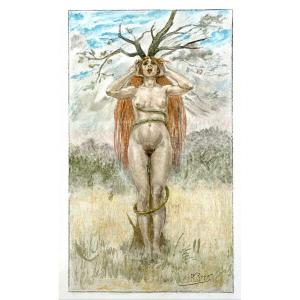







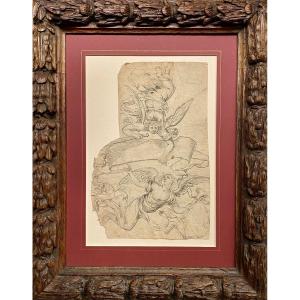


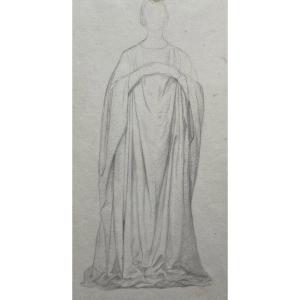



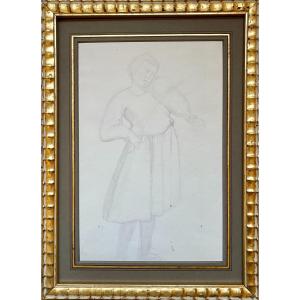
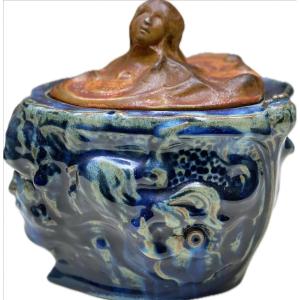

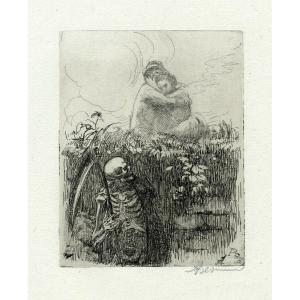









 Le Magazine de PROANTIC
Le Magazine de PROANTIC TRÉSORS Magazine
TRÉSORS Magazine Rivista Artiquariato
Rivista Artiquariato